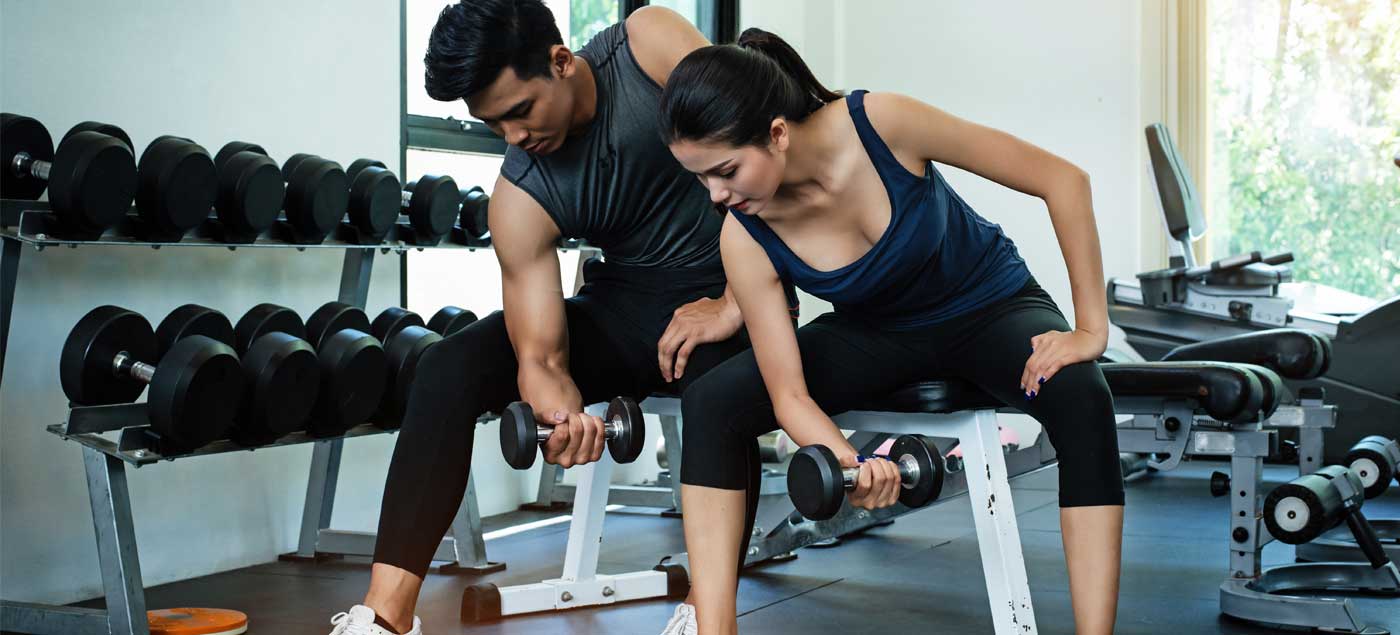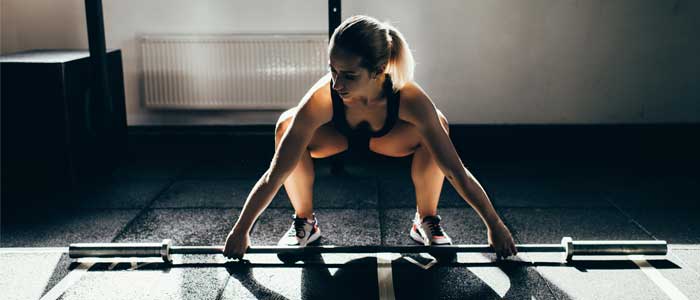Why you Should use Both Light and Heavy Weights
6th Mar 20

When it comes to using weights in your workouts, there are pros and cons to using both light and heavy. Using heavier weights is good at helping you get bigger and stronger, and light weights are a good way to tone up and create functional strength and stamina. That much is great, but there’s actually a lot more to it, too.
What we actually mean by this is that there’s a lot more to it than it sounds. Using them together is actually one of the best ways to make the most of your time and your training no matter what your goals are, but there are a few things to take into consideration before you change your dumbbells. It’s important information to keep in mind.
Using Heavy Weights

Heavy weights are perfect for they do. You overload your muscles by pushing them to their limit and adapting to be able to do better the next time. That’s how it works, and it’s the basis of progressive overload. It’s the best way to create denser and bigger muscle in general, even though it might not always be as functional as possible.
To really make the most of training with heavier weights, you do need to make sure you’re keeping things varied, however. Heavy training means that you can find out what your limits are already with your one-rep maximum, and even change up your exercises to suit this maximum and train for real power. To do that, you need to mix up your set styles.
There are other ways to use them too though, like exercise variations that mean you can focus on more specific parts of your lifts and take on different challenges. Negative reps are a popular method that involves lifting the weight however you need to, even with improper form or a spotter, and focusing entirely on the eccentric part of the motion and control the weight coming back down slowly. Get creative.
Light Weights

Light weights do almost exactly the opposite of heavy weights, and that’s exactly why it’s still important to use them in your training. It means that you can focus on your form perfectly and begin to train your muscles to do things for a longer period of time. This is essential for functional training such as training for sport, as this is where your stamina will be coming from. It’s a big argument involving muscle strength vs muscle endurance, and that’s prevalent here as well.
The lighter weight also means that instead of above, where we focus on the eccentric, you can focus entirely on the lift and where your weak points are. You can perform half reps to strengthen weakened areas or even just take the weight incredibly slowly and for a lot more reps to overload all parts of the target muscles for an intense contraction without assistance from any other muscles.
The solution

So now that we know why each type of weight is important and how they can help your training, how is best for you to start introducing them both into your workouts without losing progress? You can’t afford to miss out on one or the other, after all.
Drop Sets
Drop sets are likely the best place to start in terms of really making a difference with both types of lifting. They allow you to overload your muscles in both different ways discussed to make all the difference to your training and add the variation that is so important. Even just using whatever weight you would usually use as a heavy weight and coming down over the course of 4-6 sets is a great place to start.
The way to do it start off using a high-ish weight where you are going to seriously feel the burn when you’re doing, until either your set maximum or failure, and then proceeding down to the closest lower weight possible. This means that you’re going to drastically overload your muscle and see serious progress.
Pyramid sets
Pyramid sets follow the same principle as drop sets but in reverse too. It’s another amazing way to really hit new heights of your training, but it’s more common to lose reps as you go up so that you don’t perform to failure and stop yourself from going up to the next weight. That way, you are allowing both the light and the heavy weights to overload your muscles separately.
To do them, you need to start with a low weight and perform however many reps you have chosen to do, before changing the weight the closest higher weight, and doing another set. As we said, you’ll struggle to keep the same rep number throughout, so it’s a good idea to lose a rep or two per increase.
Realistically, choosing a weight does depend on your goals in the long run, but both light and heavy weight types can be effective for any type of training. Variation in your workouts is crucial to your success and this is one of the best ways to find it. Different resistance levels have always had their benefits, but you’ll soon find out what works the best for you and even be able to push your limits to find heavier weights less of a challenge.
Before beginning any exercise or nutrition program, consult your physician, doctor or other professional. This is especially important for individuals over the age of 35 or persons with pre-existing health problems. Exercise.co.uk assumes no responsibility for personal injury or property damage sustained using our advice.
If you experience dizziness, nausea, chest pain, or any other abnormal symptoms, stop the workout at once and consult a physician or doctor immediately.










